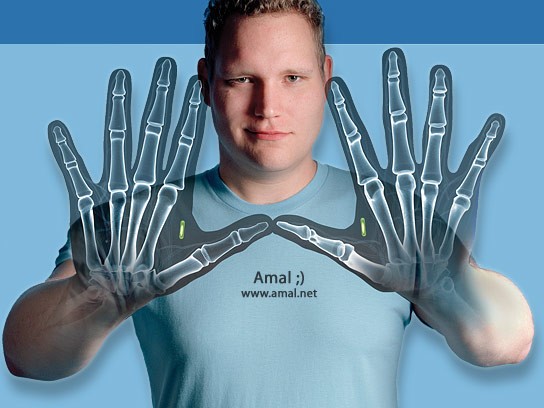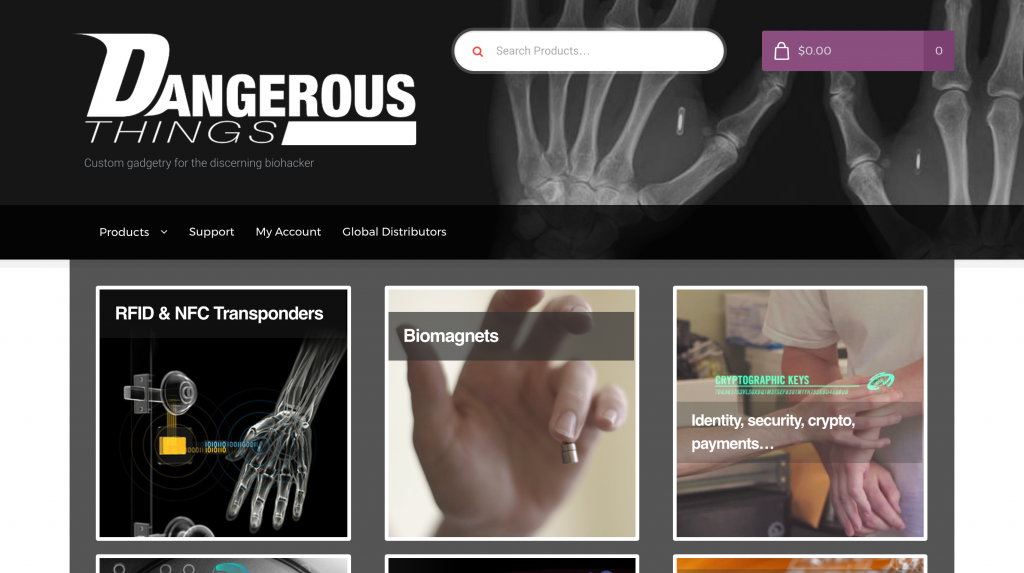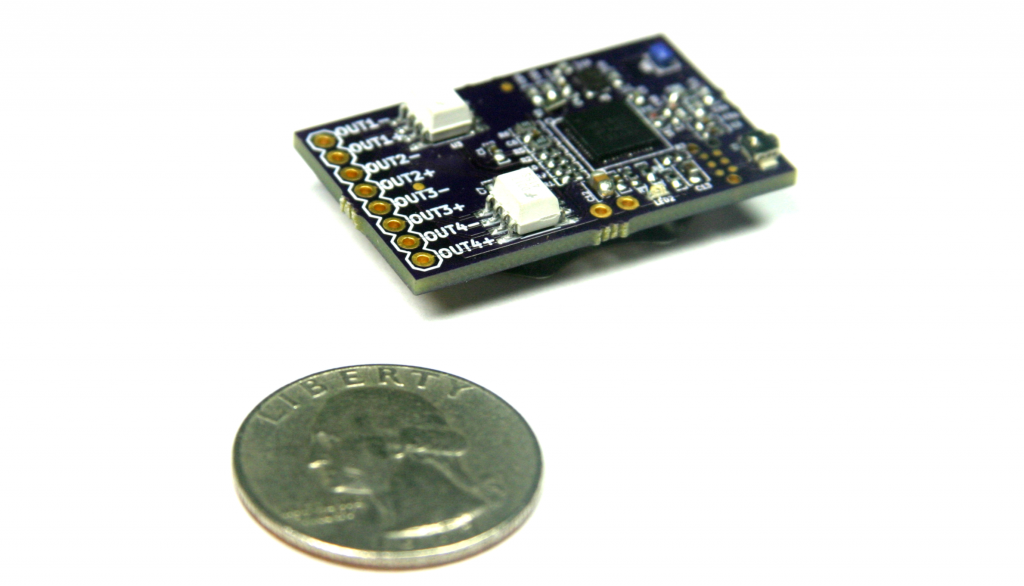Amal Graafstra; Sensible BioHacker And Leader
News October 6, 2023 Damon Mitchell

When Amal Graafstra first implanted a RFID chip in his hand it was to solve a problem. Since then he’s become a leader amongst grinders, an advocate for smart biohacking, but also an engineer for new technology that communicates via Bluetooth.
Graafstra isn’t the person one expects a grinder might look like. He’s not sleeved with tattoos or rocking a mod haircut. There are no LED lights emanating from under his skin. You’d pass him on the street, never knowing that he’s a cyborg.
The man takes a sensible approach to biohacking because he started the practice with a sensible goal. In the process, he’s popularized the RFID implant, but also perfected the process and introduced some new tech to the world.
He even wrote a book.
A Biohacker Is Born
At his job, he was often in and out of the door to his office. Every time he left that office, the door would lock behind him. The locking feature kept his office secure but unlocking it was a pain.
Graafstra has admitted he is not the most organized guy. “I leave my keys and wallet… I leave things,” he said in a TEDx talk. On top of that, he carried a ring full of keys for other doors, none of which he wanted to carry.
He considered his options, but what was available was either unreliable or just another form of keys. RFID tags provided the technology to open doors, but he would lose a RFID device the same way he would lose his keys.
Then he thought of the RFID chips we put in pets to identify them. After some research, he found a version that he believed would work for his purposes.
He paid a doctor to implant the chip ins hand. After the chip implant was successful, he rigged his office door to allow him to swipe his hand over the door to open it.
The idea worked. His door opened like magic.
RFID Tech
RFID is a powerless transmitter that uses radio signals to connect to a scanner. The power comes from the scanner. There is no battery in the RFID chip. Once you pass a scanner within inches of the chip, that scanner can determine the code on the chip.
The chips can transmit any number of data, so you could put your contact information in there to give out at social events by swiping your hand over an RFID-enabled phone.
Contrary to what some believe, RFID is not a locator device. You can’t triangulate someone location via RFID, even if they have one implanted, even if you have the strongest scanner on the planet.
RFID chips do not meld with your central nervous system in any way. They are self-contained. The one Graafstra implanted was encased in biomedically safe glass.
In many ways, it’s a low-tech biohack.
Dangerous Things
After Graafstra’s story made the media rounds in 2005, he started to receive emails. Others wanted to try what he had done. Groups started to meet where grinders would try to modify themselves with magnets and other chips.
Sometimes the installs failed. One woman, mentioned by Graafstra in his TEDx talk put herself in the hospital over a bad hack. This prompted Graafstra to create his site Dangerous Things.
There, he offers advice on how to hack the human body with a conservative approach to your safety. He also uses the site to sell various tools for biohacking.
From Dangerous Things, one can buy transponders for unlocking things, biomedical safe magnets so grinders can feel magnetic fields and more complicated systems for advanced hackers.
New Tech
The NFC wet inlay is one of the coolest things on Dangerous Things. NFC is what your phone uses to make payments. You could turn your hand into a payment system, but oh so much more. Anything that you could trigger with NFC, you could control without pulling our your phone or donning an NFC wearable.
Graafstra also created his own technology for implantation, but not for in the body. He calls it Blooswitch. The device, about the size of a quarter, facilitates communication between your smartphone and whatever you want.
The Blooswitch uses Bluetooth technology, so anything that turns on you can switch with your phone, lights, toys, doors, whatever. If it has a switch, Blooswitch can control it.
Graafstra even wrote a book, RFID Toys, a how-to guide for noobs. I haven’t read it, but it is the lone authority on RFID and the human body. If you’d like to open doors with a hand swipe, you should pick up this book.


